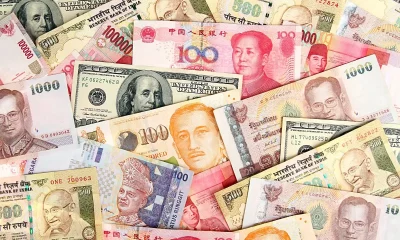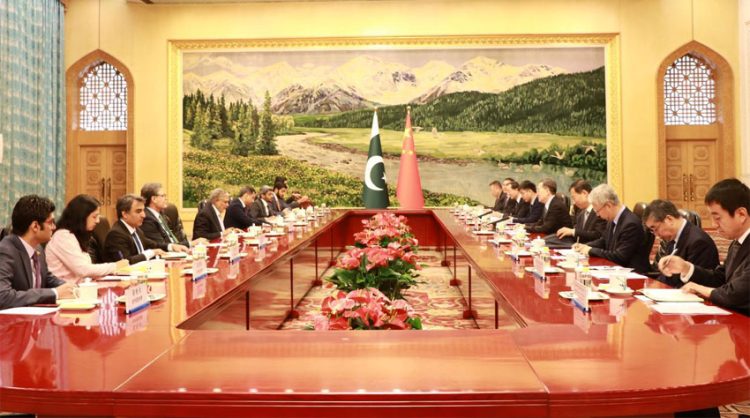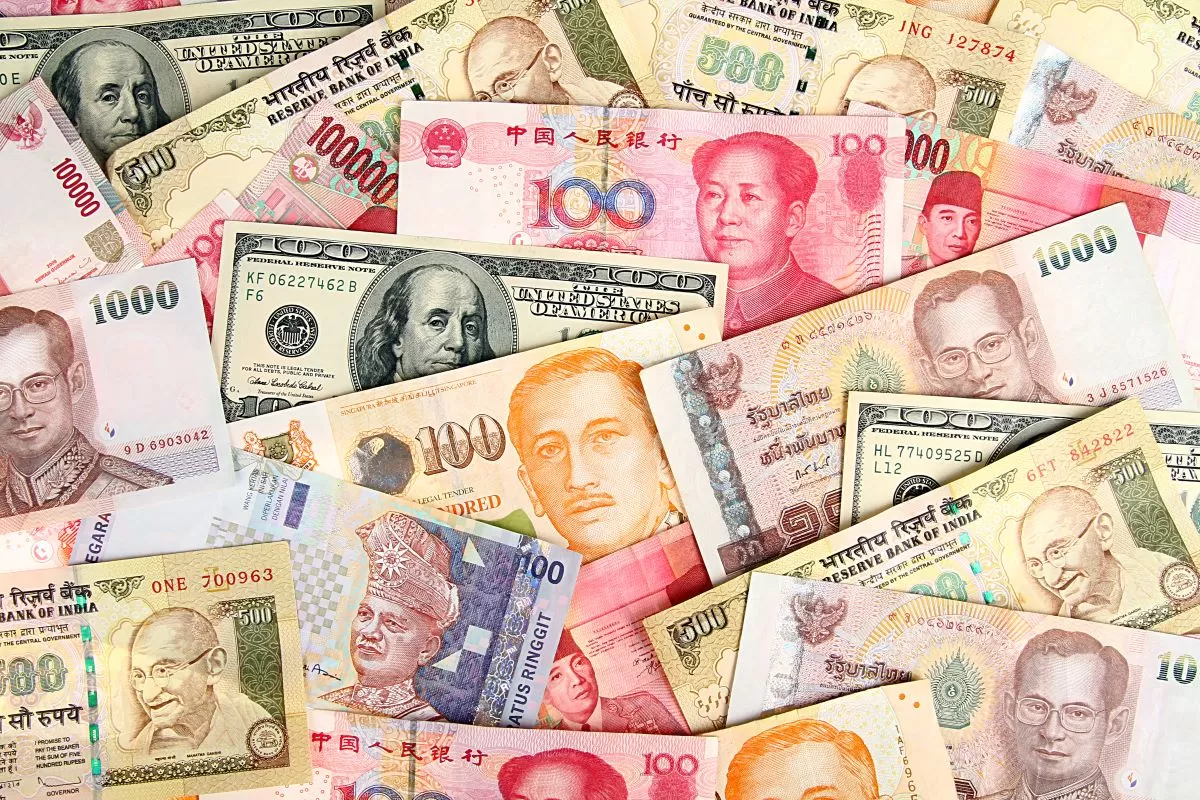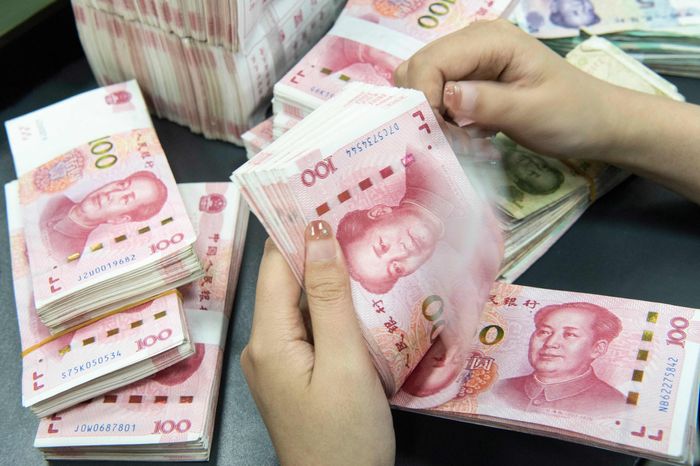Asian governments are increasingly intervening in the market to stem the slide in local currencies that has been driven by the strong US dollar this year.
According to the Nikke Asia report, the relative strength of the US economy and high interest rates, which are likely to remain high for an extended period, have caused Asian currencies to weaken.
Asian policymakers are responding to the dollar’s strength with varying degrees of caution, from verbal warnings to interest rate hikes. Some are even believed to be intervening by buying local currencies from the market. The move is seen as “undermining the credibility of central banks”, says the report.
Analysts will be focusing on the US Consumer Price Index for April, which will be released on Wednesday. Last month’s data caused the Japanese yen to fall sharply against the dollar. The Japanese yen is one of the Asian currencies most affected by the stronger-than-expected US economy.
Intervention continues as yen falls in Japan
Analysts say that although official data has not yet been released, the Japanese government appears to have intervened twice on 29th April and 1st May to support the yen. Prior to the first suspected intervention, the yen had fallen to its lowest level in 34 years, breaching the 160 level against the dollar.
The yen’s decline has been driven by the almost 5 percentage point difference in bond yields between the US and Japan. According to Refinitiv, the Japanese yen is hovering around 155 against the dollar, down 9.4% this year.
According to Mizuho Securities strategist Shoki Omori, further dollar selling and yen buying intervention may be difficult for Tokyo without support from Washington.
The summary of the Bank of Japan’s (BoJ) April policy meeting released last week showed that President Kazuo Ueda struck a “hawkish tone” compared to his previous public statements. While some board members felt that rate hikes could be accelerated, many said that the BoJ should reduce bond purchases.
However, Omori believes that “short” positions against the yen will continue until fundamentals change, as there is “no magic wand” to reverse the yen’s weakness.
South Korea’s central bank ‘burns dollars’
South Korea’s foreign exchange reserves fell by around $6 billion last month from March, partly due to the country’s efforts to halt the fall of the won, according to the Bank of Korea.
The country’s central bank said in a statement that the decline in foreign exchange reserves was related to several factors, including “market stabilisation measures such as currency swaps with the National Pension Service”, which were introduced in September 2022.
According to Moon Da Woon, an economist at Korea Investment & Securities in Seoul, the markets believe that the South Korean government is helping to stem the won’s rapid decline.
South Korea’s finance ministry and central bank verbally intervened in April to warn against rapid currency movements when the won hit the 1,400 level against the US dollar for the first time in almost a year and a half.
Indonesia hikes rates
In Indonesia, the central bank unexpectedly raised its benchmark interest rate by 25 basis points to 6.25% last month in a bid to strengthen the currency.
Bank Indonesia Governor Perry Warjiyo told a press conference last week that data showed no further rate hikes were needed for now and pledged to work to strengthen the currency to below 16,000 per dollar.
The rupiah has strengthened to around 16,000 to the dollar from around 16,300 before the surprise rate hike, but has yet to recover after falling to a four-year low last month.
Indian rupee and Malaysian ringgit also fall
The Indian rupee, one of Asia’s most stable currencies, fell to an all-time low of 83.739 against the dollar last month.
The rupee has been “tightly managed” by the Reserve Bank of India almost since October and has traded in a narrow range around 83, said Rob Carnell, chief Asia-Pacific economist at ING in Singapore.
Carnell said all central and regional banks in Asia, except Malaysia, have foreign exchange reserves to cover more than six months of imports, the threshold for adequate reserves.
The Malaysian ringgit is trading at 4.737 to the dollar, having fallen to a 26-year low of 4.7965 in February.
The ringgit’s weakness is due to the strengthening dollar, a decline in Malaysia’s current account surplus and the currency’s strong correlation with the weakening Chinese yuan.

 INTERVIEW2 weeks ago
INTERVIEW2 weeks ago
 INTERVIEW4 days ago
INTERVIEW4 days ago
 ASIA2 weeks ago
ASIA2 weeks ago
 EUROPE1 week ago
EUROPE1 week ago
 MIDDLE EAST6 days ago
MIDDLE EAST6 days ago
 DIPLOMACY2 weeks ago
DIPLOMACY2 weeks ago
 EUROPE1 week ago
EUROPE1 week ago
 AMERICA2 weeks ago
AMERICA2 weeks ago


















